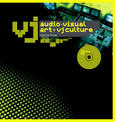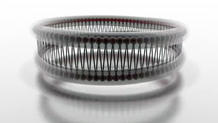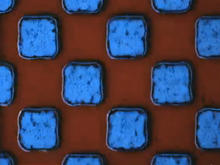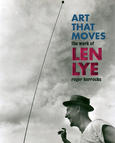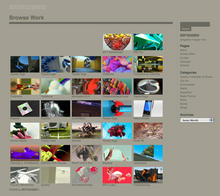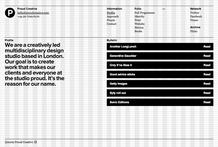Addictive TV
was formed in 1992. The UK DJ/ producers and audiovisual artists are the team behind Optronica - the visual music and VJ festival held at the NFT and British Film Institute IMAX in London, UK.
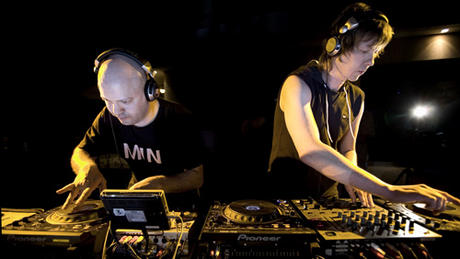
In 1998 they produced Transambient for Channel 4 in the UK and from 2000 - 2005 produced the ground-breaking DJ:VJ music series Mixmasters for the UK's ITV1. In 2003, working closely with the R&D area of Japanese manufacturer Pioneer Electronics they became instrumental with the testing and development of their DVD turntables, the first being the Pioneer DVJ-X1 released in 2004, the follow-up DVJ 1000 was released in 2006.
As artists, Addictive TV have performed in places including the Pompidou Centre in Paris and the Royal National Theatre in London to festivals like Roskilde Festival in Denmark and the San Francisco Film Festival in the US.
They are known for their bootleg film remixes, and in 2006 they became the first group to officially remix a Hollywood film, reworking New Line Cinema's dance-centric Take the lead into an audiovisual Viral video. In 2006 they also worked on Snakes on a Plane remixing the film for its TV commercials. Then in 2008 they cut a remix for Paramount and Marvel's Iron Man film.
Also in 2006, they performed at Siggraph '06 - the world largest digital arts events.
In the same year, in the international publication DJMag annual poll, Addictive TV were voted #1 VJs in the world for a second time (the first being in 2004 in the magazine's first ever VJ poll alongside their Top 100 DJ poll).
In 2008 they were asked to remix the Olympics live for television, with Austrian broadcaster ORF as part of an IOC sanctioned and EU funded project looking at new forms of television.
In 2009, they created official remixes of Oscar winning Slumdog Millionaire for film company Pathe and Vin Diesel movie Fast & Furious for Universal as alternative trailers.
Source: Wikipedia
